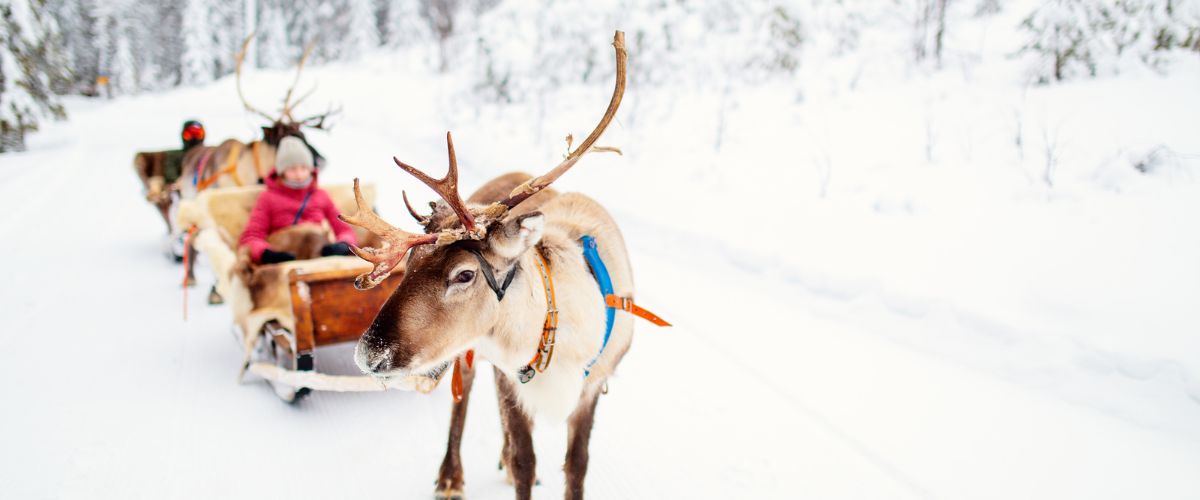Aurora Borealis, or the Northern Lights, are a magical light show that are the result of electrically charged particles from the sun entering the Earth’s atmosphere colliding with gases such as oxygen and nitrogen. Aurora Borealis refers to the lights in the north pole, whereas lights around the south pole are called Aurora Australis.
Humans have been fascinated with Aurora Borealis for thousands of years, dating right back to a cave painting of the lights in France. The Northern Lights also feature heavily in the beliefs of First Nations people in North America, with some believing they represent the spirits of the dead.
Even today, seeing the Northern Lights is high up on many bucket lists. Here are a few tips on ensuring you tick this one off your list!

When is the best time to see the Northern Lights?
Clear, dark skies are a must, and so the best time to see the Northern Lights is between the end of September to Mid-March. If you’re on a holiday, we suggest trying to see the lights as early on in your trip as you can, rather than waiting a few days. As they are rather elusive, this will maximise your chance of catching a glimpse!
What are the best places to see the Northern Lights?
Sweden
One of the more popular (and possibly slightly pricier) places to see the Northern Lights is Sweden. This is possibly because temperatures in the Aurora-viewing zones are milder and more stable than other places to see the lights, such as Russia and Canada. It is also home to the world’s first ICEHOTEL, another bucket list item for many visitors that you can tick off at the same time. Sweden’s northernmost town, Kiruna, is a great place to base yourself to see the lights.
Norway
Norway is another popular choice for seeing the Northern Lights, and it is a great destination to do so. A lot of people use Tromsø as their base to see the Northern Lights, however the light pollution can make it difficult. We suggest using it as a starting point then heading further afield to see the famed lights. Great spots to see Aurora Borealis in Norway outside of Tromsø include the Lofoten Islands and the far northern towns of Alta, Nordkapp, and Kirkenes.
Finland
Finland is a great place to see the Northern Lights, and the smaller population density and less aurora tourism means it is probably a little easier than countries like Sweden and Norway. It is also reported that in peak season, Aurora Borealis is visible almost every second night – giving you fantastic odds to see the lights. There is also plenty to do in Finland outside of seeing the lights, including visiting reindeer parks and Santa’s Village. Read more about why Finland is the perfect Christmas destination.
Russia
While generally considered less tourist-friendly, Russia’s large land mass makes it perfect for spotting Aurora Borealis as a large part of the country lies in the Aurora Zone. There a few key spots to see the lights are tourist villages in Murmansk, Arkhangelsk, Petrozavodsk, all easily accessible from St Petersburg. If you’re lucky, you might even catch a glimpse in St Petersburg!
Iceland
There are plenty of reasons to visit Iceland, Aurora Borealis is just one of them! While you might catch a glimpse of the lights in Reykjavík, the capital, we recommend going further afield to avoid the dreaded light pollution. The weather can be a bit temperamental, but don’t get disheartened. There is plenty to do in Iceland – geothermal baths, glaciers, geysers, massive waterfalls, volcanoes and other natural elements that make this country seem otherworldly.
Canada
If you’re not wanting to head to Europe to catch the Northern Lights, there are plenty of places in Canada to see them. Canada is a perfect location thanks to low light pollution and wide land mass in the Aurora viewing areas. The Northwest Territories are our recommendation, and the capital Great Slave Lake has a lot set up for northern lights tourism, such as it’s own Aurora Village. Jasper National Park is also a great place to see the lights.
Tips to see the Northern Lights
Aurora Borealis can be a little elusive, especially when you’re very eager to see them. There are a few ways to increase your chances of seeing the Northern Lights, however, it still very much does come down to chance.
Firstly, being within the “Aurora Zone” will make a massive difference. This area is between 66°N and 69°N is the sweet spot for seeing this magical light display, especially now as the solar rays are changing.
Another is to get away from well-lit towns and villages, as light pollution makes it harder to see the lights. There are plenty of cabins and small, boutique hotels outside of major towns that are perfect for seeing the lights and make for a romantic getaway.
Consider spending a few days in different areas to maximise your chances, and to see more of whatever beautiful, snowy country you’re in!
There are also apps and websites available to help you track Aurora Borealis, thanks to passionate researchers and Aurora enthusiasts. Much like a weather app, these apps track solar rays, wind speed and density to help predict the likelihood of seeing the lights.



